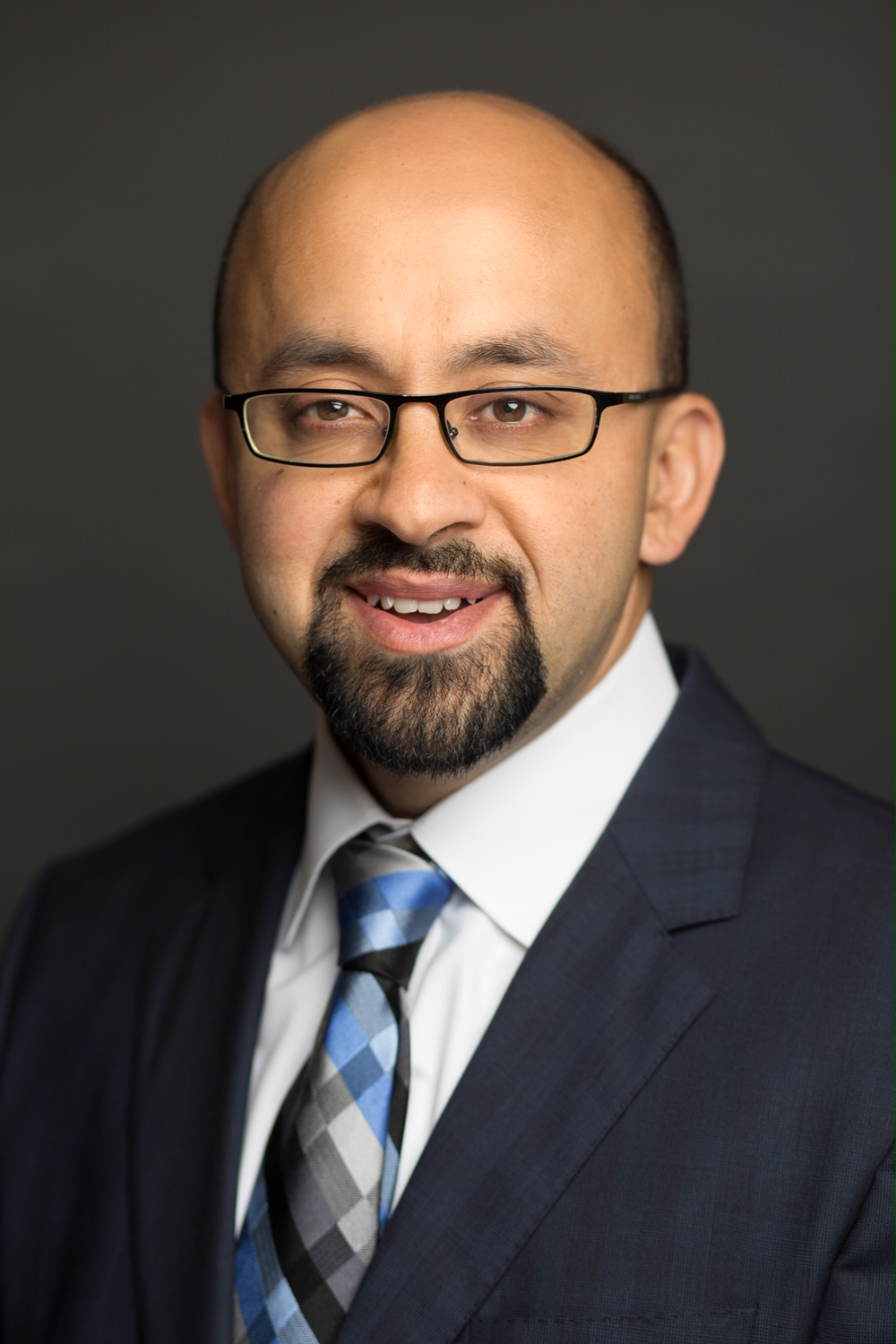Self-challenge leads to a lifetime of opportunity. Someone once asked me how I view my success. After thinking about it, I...
Gagan Sharma
Author
-

Gagan Sharma is president and chief executive officer of BSI Financial Services, a company he acquired from a bank in 2006. Before BSI, Gagan founded a global outsourcing company that served the financial services and technology industries. He raised institutional equity financing and increased its labor force to more than 1,200 people before selling it. Before that, Gagan was a consultant with Deloitte, advising clients on matters of strategy and operations in the financial services and high-tech industries. Gagan has an MBA from The Wharton School at The University of Pennsylvania and a B Tech from the Indian Institute of Technology, Delhi.
View all posts









